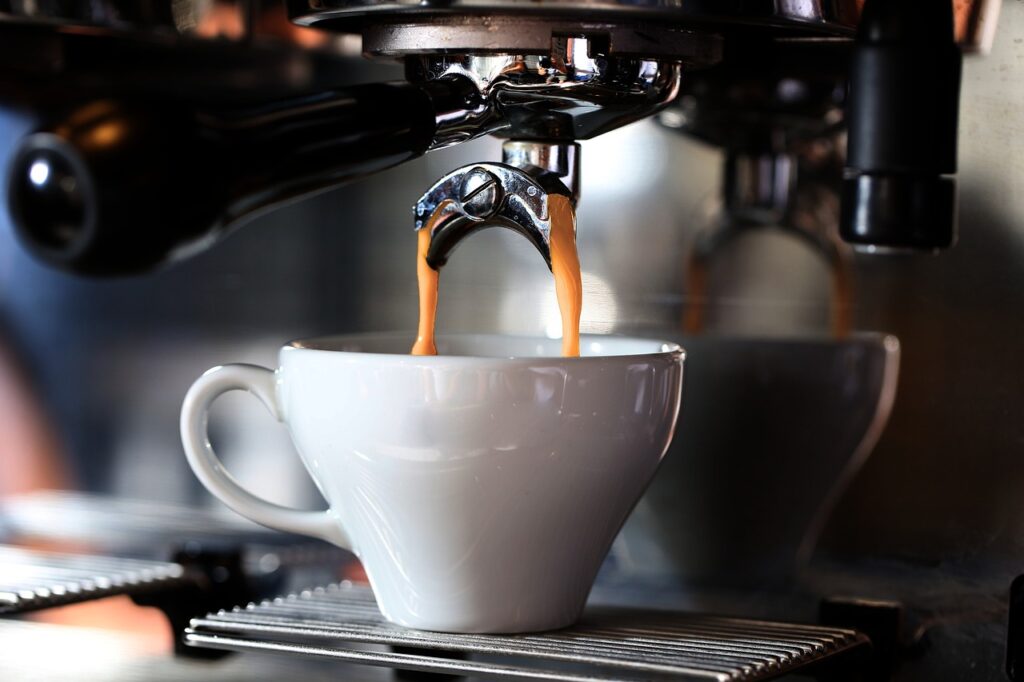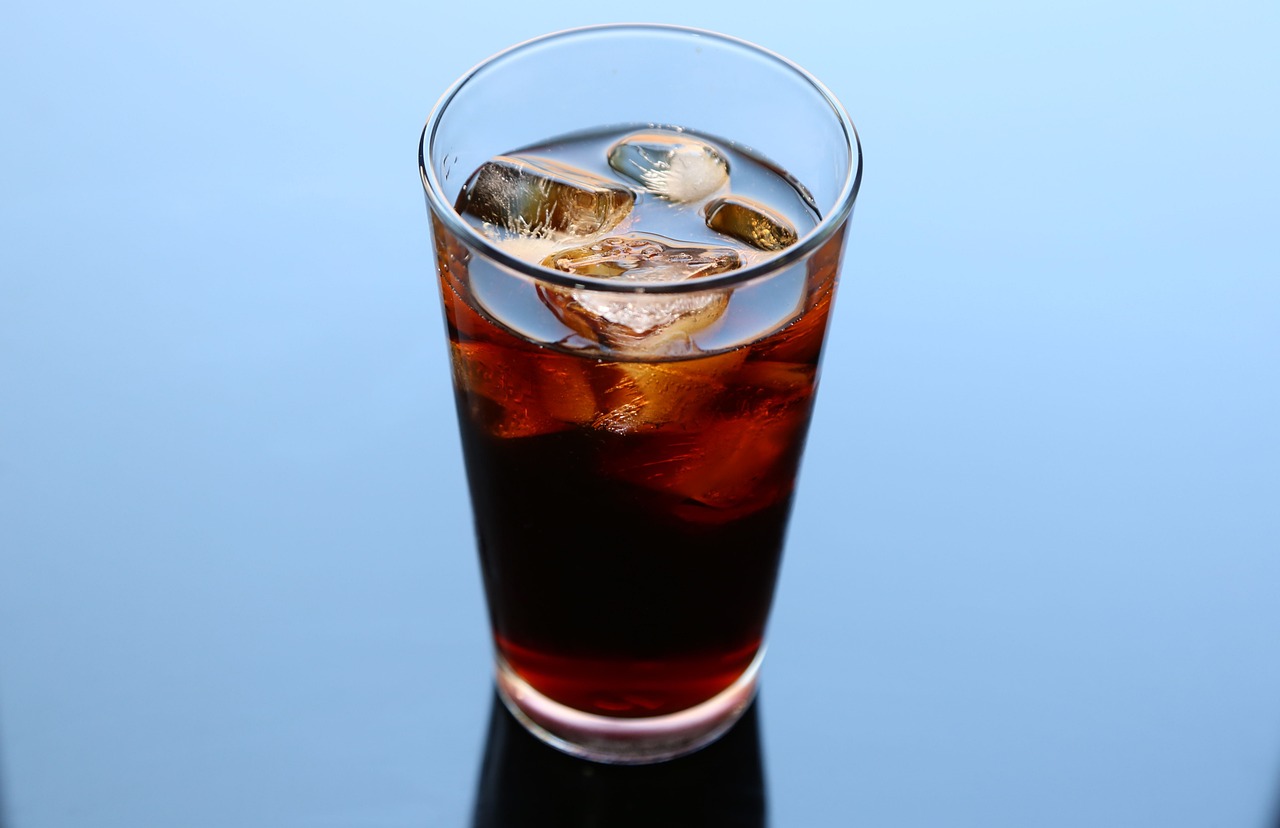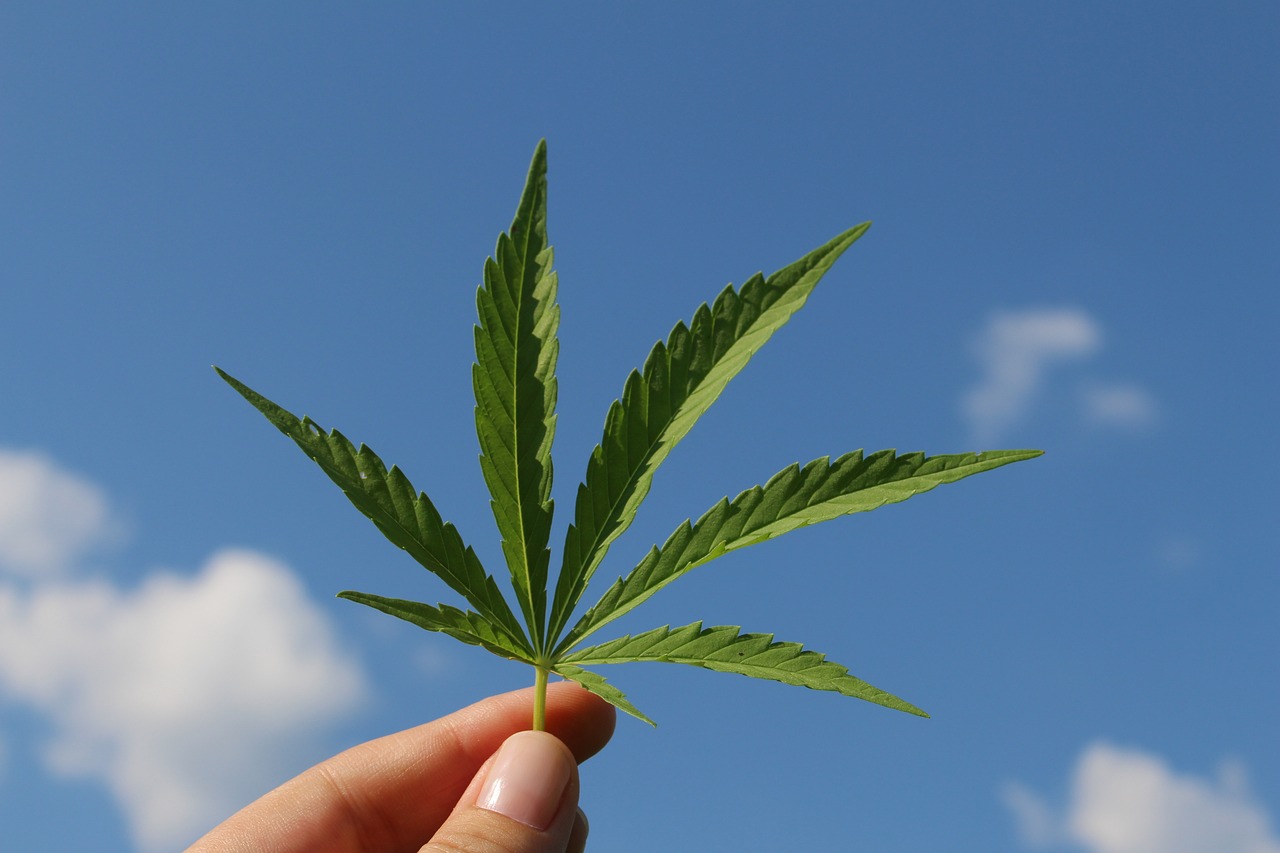Cold Brew vs. Espresso: Which One Should You Choose?
When it comes to coffee, the options are as diverse as the preferences of coffee lovers around the world. Among the many choices, cold brew and espresso stand out as two distinct styles, each offering unique flavors and experiences. But how do they compare, and which one should you choose? Let’s dive into the key differences between cold brew and espresso to help you make an informed decision.
1. Brewing Process

The primary difference between cold brew and espresso lies in the brewing process. Cold brew is made by steeping coarsely ground coffee beans in cold water for an extended period, usually 12 to 24 hours. This slow extraction process results in a smooth, less acidic, and highly concentrated coffee that is typically served over ice.
In contrast, espresso is brewed quickly under high pressure, forcing hot water through finely-ground coffee beans in about 25-30 seconds. This rapid process creates a bold, intense flavor with a rich crema on top. Espresso forms the base of many popular coffee drinks like lattes, cappuccinos, and macchiatos.
For a deeper understanding of the differences in brewing techniques, this guide on coffee brewing methods provides an excellent overview.
2. Flavor Profile
The flavor profiles of cold brew and espresso are worlds apart. Cold brew is known for its smooth, mellow taste with subtle sweetness and low acidity. The extended steeping time allows for a full extraction of flavors, but the cold water prevents the release of some of the acids that contribute to coffee’s bitterness. This makes cold brew a popular choice for those who prefer a milder, less bitter coffee experience.
Espresso, on the other hand, is characterized by its bold, intense flavor with a slightly bitter edge. The high-pressure brewing method extracts a concentrated shot of coffee with a thick, syrupy consistency. Espresso lovers often appreciate its robust, complex flavor, which can be enjoyed on its own or as the foundation for a variety of coffee-based drinks.
If you’re curious about how different brewing methods impact flavor, check out this article on coffee flavor profiles for more insights.

3. Caffeine Content
When comparing the caffeine content of cold brew and espresso, it’s important to consider the serving size. A typical serving of cold brew (8-12 ounces) contains more caffeine than a single shot of espresso (about 1 ounce). However, espresso is much more concentrated, packing about 63 milligrams of caffeine per ounce, compared to cold brew’s 12-30 milligrams per ounce.
This means that while cold brew generally provides a larger dose of caffeine per serving, espresso delivers a quick, powerful caffeine hit in a smaller volume. Your choice between the two may depend on how you prefer to consume your caffeine—slowly over time with cold brew or in a concentrated burst with espresso.
For more details on caffeine content in various coffee drinks, visit this comprehensive caffeine guide.
4. Versatility
Both cold brew and espresso are versatile, but in different ways. Cold brew can be enjoyed straight, over ice, or with added milk, cream, or sweeteners. It’s also commonly used as a base for coffee cocktails and refreshing summer drinks. Its smooth flavor profile makes it easy to customize according to personal taste preferences.
Espresso’s versatility shines in its ability to serve as the foundation for a wide range of coffee beverages, from lattes and cappuccinos to Americanos and flat whites. Espresso’s intense flavor can cut through milk and other ingredients, making it ideal for creating rich, creamy coffee drinks.
Explore some creative ways to enjoy cold brew and espresso in this coffee recipe collection.
5. Preparation Time and Convenience
Cold brew requires significant preparation time, given its long steeping process. However, once it’s made, cold brew concentrate can be stored in the refrigerator and enjoyed over several days, making it a convenient option for those who want ready-to-drink coffee without daily brewing.
Espresso, though quick to brew, requires a machine or special equipment, which can be a barrier for some. However, espresso machines have become more accessible, and many coffee enthusiasts appreciate the ritual of brewing a fresh shot of espresso each day.
If you’re interested in the practical aspects of making cold brew and espresso at home, this step-by-step guide covers everything you need to know.
Conclusion: Which Should You Choose?
Choosing between cold brew and espresso ultimately comes down to personal preference and lifestyle. If you prefer a smooth, low-acid coffee that can be prepared in advance and enjoyed over time, cold brew might be your best bet. On the other hand, if you’re looking for a bold, concentrated coffee experience with the versatility to create a range of drinks, espresso could be the right choice for you.
Consider your taste preferences, caffeine needs, and how much time you’re willing to invest in brewing your coffee. Whether you choose cold brew, espresso, or enjoy both depending on the occasion, you’re sure to savor the unique qualities each method brings to your coffee experience.
For more comparisons between different coffee types, check out this in-depth coffee comparison.



